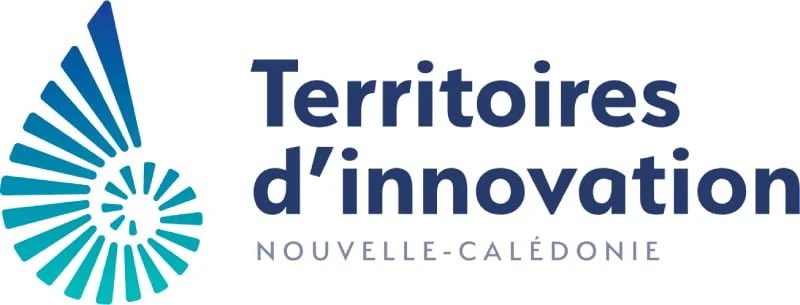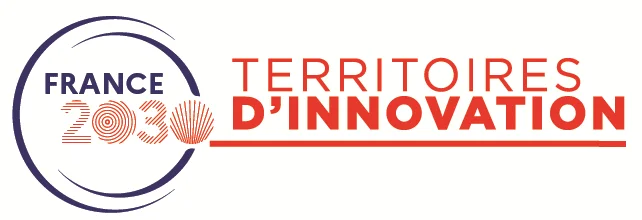Sculptor to Paris - France

France
Mircea Milcovitch was born in 1941 in the south of the former Bessarabia, a territory now divided between Ukraine and Moldavia. He studied architecture and art at the Institute of Plastic Arts in Bucharest, where he met his wife Maria Mesterou, also an artist.
In 1966, he moved with a group of friends to a village in the Carpathians to work in isolation and in the middle of nature. Anticonformist and free, the group formed a nucleus of artists who would break away from official art: socialist realism.
During a trip to the USSR, a decisive event took place in the development of Mircea's artistic approach: his encounter with the dome of the Russian church. Mircea came to appreciate the elementary forms of Slavic sacred architecture. They would form the basis of his artistic research.
Mircea's primordial structures are a dialogue between science and nature, a kind of metaphysical meditation that reveals natural phenomena that exist but are imperceptible to our eyes. Mircea makes the invisible visible. It's easy to understand why he calls his works "Expansion" and "Meta-phenomenon", terms that refer to the immutable and infinite nature of the impermanence of everything.
In 1968, he travelled to Paris to take part in an exhibition entitled "6 jeunes peintres roumains" (6 young Romanian painters) at the Galerie Lambert. He stayed in France to escape communism. For him, it was like a second birth.
Mircea's serigraphs, influenced by Russian sacred art and kinetic art, met with considerable success. It was a period of abundance. He took part in numerous solo and group exhibitions. In 1971, he exhibited his serigraphs alongside Picasso and César at the "La pochade" gallery. "Knoll International" also took an interest in his work and represented him.
From 1970 onwards, Milcovitch worked with materials and created his first sculptures. His distinctive, elementary forms are still evident. Marble gradually became his favourite material. A few years later, in 1977, he was awarded the Prix Fénéon by the Académie de Paris (Sorbonne) for his sculptural work. Today, his work can be found in many official collections. The Bibliothèque Nationale conserves a large number of his prints. Some works have been purchased by the French state. One sculpture is in the French Embassy in Bucharest. The church of Saint-Germain-des-Prés also features a pair of angels on its mansion.
Widely recognised by the institutions in the 1970s, Mircea Milcovitch's work is now in need of a contemporary re-reading and wider public dissemination.


























































